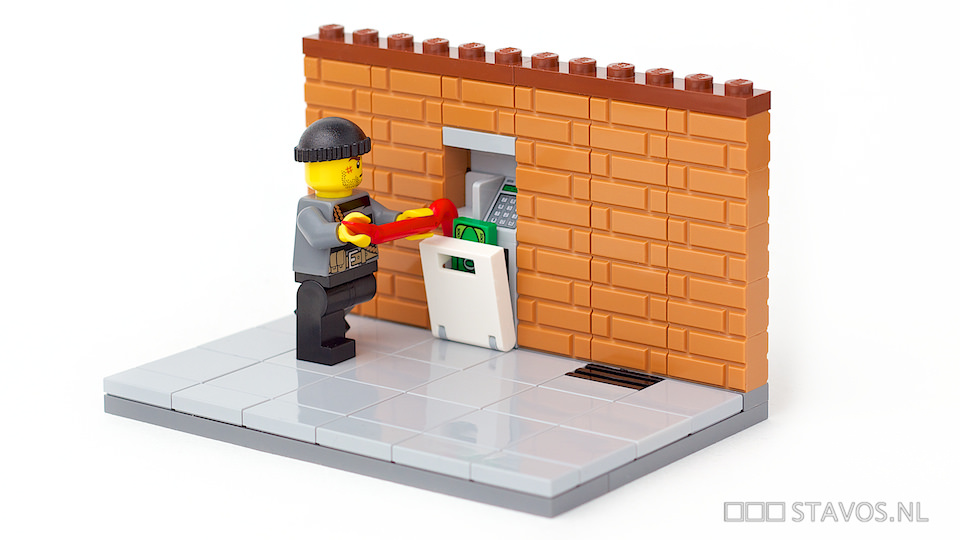
The year is 2011. I’m about to embark on my longest adventure abroad, making my way through Peru and Argentina before settling in Chile to study abroad in Santiago for a third of the year.
I should feel excited. I should be optimistic. Maybe a bit nervous, but looking forward to what’s to come nonetheless.
Instead, I feel apprehensive. Angry. Frustrated. An equal mix of confusion and resentment.
The single source of this ill-will is a brightly-lit computer screen, taunting me with a Excel spreadsheet that outlines my expected costs abroad. I had budgeted about $6,000 to pay for daily living expenses over four months, including a week-long tour of both Machu Picchu and Buenos Aires.
But this mishmash of rudimentary formulas mocks me for forgetting to account for an additional $660 in ATM fees alone. Six. Hundred. Sixty. Over 10% of my entire budget for the rest of the year.
Earlier that day, my beloved Bank of America had informed me that they were going to charge $5 per withdrawal – plus a 1% foreign currency transaction fee – every single time I needed cash abroad. This didn’t account for the ATM surcharges assessed by the local bank or ATM provider, which I estimated to be about an additional $2.50 per withdrawal.
So assuming I was withdrawing about $100 per transaction, I’d have to pay $8.50 in bank fees alone every single time I went to an ATM. When added up for the entire time I was abroad, I’d essentially be shelling over 650 beers or an entire month’s rent to the lovely folks at Bank of America and company.
That was not going to happen.
It wasn’t until I faced the prospect of paying exorbitant ATM fees abroad that I realized how ridiculous these charges were. I was basically being charged twice – once by my bank and again by the local ATM – to access my own money.
So I set out to find those rare financial institutions that wouldn’t nickel and dime me when I needed cash abroad. There weren’t that many, and most had very specific terms and conditions – which you should always double-check to your specific situation. I also focused my search on banks that would reimburse third-party ATM surcharges, which narrowed my options even further.
Here’s what I found:
Charles Schwab: High Yield Investor Checking
- No ATM fees.
- Unlimited reimbursements for third-party ATM surcharges worldwide.
- No foreign transaction fees for withdrawals or debit card transactions!
- No minimum balance or monthly service fees.
- Need to open a Schwab One brokerage account, which also has no minimum balance or monthly service fees (i.e. you don’t need to fund the brokerage account).
USAA: College Checking
- No ATM fees, up to 10 withdrawals, then $2 per withdrawal from non-USAA ATMs.
- Up to $15 in monthly reimbursements for third-party ATM surcharges
- 1% foreign transaction fee applies to withdrawals made outside the United States.
- No minimum balance or monthly service fees.
- Need to be a current college student and at least 17 years old.
First Republic: ATM Rebate Checking
- No ATM fees.
- Unlimited reimbursements for third-party ATM surcharges worldwide.
- Minimum opening balance of $500 and minimum average balance of $3,500 to avoid $25 monthly fee.
State Farm Free Checking
- No ATM fees.
- Unlimited reimbursements for third-party ATM surcharges worldwide with a qualifying monthly direct deposit. Up to $10 in reimbursements without a direct deposit.
PNC Bank Performance Select Checking
- No ATM fees.
- Unlimited reimbursements for third-party ATM surcharges worldwide.
- Minimum opening balance of $25 and minimum average balance of $5,000 to avoid $25 monthly fee.
- PNC Performance Checking (not Performance Select) reimburses 2 foreign ATM surcharges per month, but only requires a minimum average balance of $2,000 to avoid $15 monthly fee.
Your local credit union
- Some credit unions offer a certain number of free ATM withdrawals per month – ask if foreign ATMs would qualify.
- Most credit unions charge a lower ATM fee ($1-$2.50) than larger banks ($3-5).
- Credit unions will probably not be able to reimburse you for third-party ATM surcharges.
Before you go out and open a new checking account, check to see whether you even need one in the first place. Bank of America has cobbled together a global ATM network where you can access your cash free of charge in certain countries (perhaps to make up for its exorbitant fees everywhere else). Citibank has a significant international presence, and you might find a few branches at your final destination.
And again, you should always speak to a bank representative to make sure these fee structures are valid for you.
But whether you’re booking a Machu Picchu trek in Peru or just need another $20 at a cash-only bar in San Francisco, you shouldn’t have to deal with ATM fees – especially when so many banks offer fee-free ATM withdrawals worldwide.
If you are US based, getting Schwab is a no brainer. If you aren’t US based then I suggest reading this post which has other international options to avoid ATM fees. http://travelmore.co/how-to-avoid-atm-fees-when-traveling/